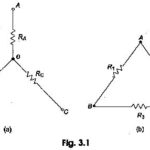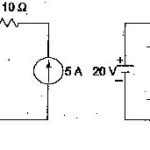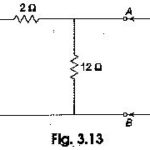Circuit Analysis Theorem Articles:
Star Delta Control Circuit: The star delta transformation is another technique useful in solving complex networks. Basically, any three circuit elements, i.e. resistive, inductive or capacitive, may be connected in two different ways. One way of connecting these elements is called … (Read More)
Principle of Superposition Theorem: The Principle of Superposition Theorem states that in any linear network containing two or more sources, the response in any element is equal to the algebraic sum of the responses caused by individual sources acting alone, while … (Read More)
Thevenin Equivalent Circuit: In many practical applications, it is always not necessary to analyse the complete circuit; it requires that the voltage, current, or power in only one resistance of a circuit be found. The use of this theorem provides a … (Read More)


